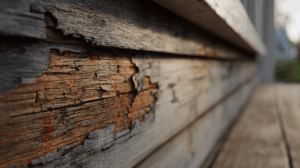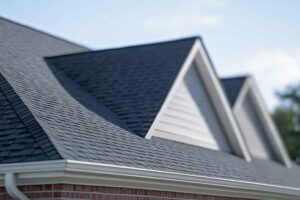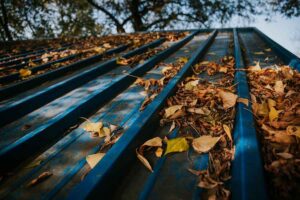Indiana winters can be brutal. Between heavy snowfall, freeze-thaw cycles, and strong wind gusts, your roof has a lot to deal with. For homeowners looking to upgrade to metal, choosing between standing seam vs corrugated metal is a big decision—and the right winter roofing solution depends on more than just looks.
Both roofing types are popular in Indiana for good reason. Metal roofs outperform many traditional materials, especially when it comes to snow shedding, ice resistance, and long-term durability. But not all metal roofs are created equal, and what works for one home might not be ideal for another.
In this guide, we’ll break down the key differences, compare performance in cold climates, and help you find the best metal roof Indiana homeowners can trust to handle winter—and every season that follows.
Why More Indiana Homeowners Are Choosing Metal Roofing
Before comparing specific styles, it’s important to understand why metal roofing is growing in popularity across Indiana.
Key Benefits:
- Snow-shedding design prevents ice buildup and structural strain
- Energy efficiency helps reduce heating and cooling costs
- Durability—metal can last 40–70 years or more with proper installation
- Fire resistance and impact resistance
- Low maintenance compared to asphalt or wood systems
Whether you live in Fort Wayne, Monticello, Frankfort, or rural Indiana, metal roofing offers superior long-term protection for all types of residential homes.
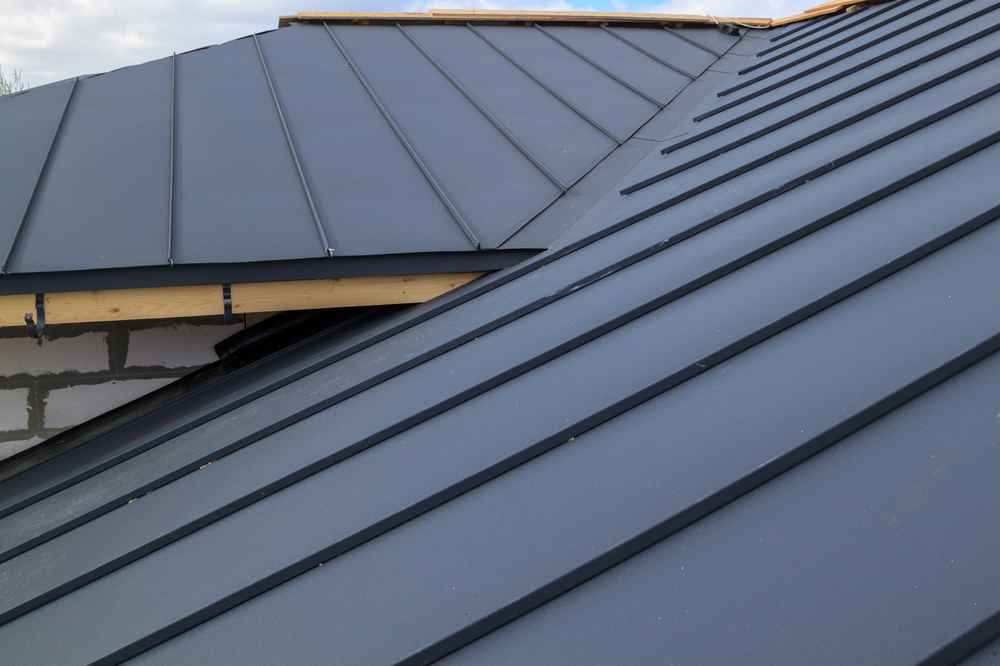
Standing Seam vs Corrugated Metal: The Core Differences
Let’s explore how standing seam and corrugated metal roofing differ structurally, visually, and functionally.
1. Panel Design & Fastening Method
Standing Seam Metal Roofing
- Features long, vertical panels with raised seams
- Panels interlock and are mechanically fastened or snapped together
- Fasteners are hidden beneath the seams
- Sleek, modern appearance
Corrugated Metal Roofing
- Characterized by wavy or ribbed panels
- Panels are overlapped and fastened directly through the face
- Exposed fasteners are visible on the roof surface
- More traditional or rustic look
2. Performance in Winter Weather
Standing Seam Roofing Advantages for Winter
- Seamless panel design allows for excellent snow shedding
- Hidden fasteners reduce the risk of leaks and cold air infiltration
- Better suited for homes in high snow load regions of Indiana
- Supports snow retention systems like snow guards
Corrugated Roofing in Winter
- Still performs well in snow, but exposed fasteners can expand and contract, which may lead to long-term loosening or leaks
- Requires regular monitoring and occasional tightening of fasteners
- Ice and snow may get caught at fastener points or panel overlaps
If snow accumulation and thermal expansion are major concerns, standing seam roofing is often the better choice.
Durability and Longevity Comparison
Both types of metal roofing are built to last, but their expected lifespan and maintenance needs vary.
| Feature | Standing Seam | Corrugated Metal |
| Lifespan | 40–70 years | 30–45 years |
| Maintenance | Minimal | Moderate (due to fastener exposure) |
| Rust Resistance | Excellent with proper coating | Good, but depends on material quality |
| Recoat Frequency | Rare | May need more frequent recoating in exposed areas |
While corrugated roofing can certainly hold up under Indiana winters, standing seam systems tend to offer greater peace of mind over time.
Installation Considerations for Indiana Homes
Installation Complexity
- Standing seam roofing takes more time and requires specialized equipment and expertise, which can increase labor costs.
- Corrugated panels are easier and faster to install, making them more budget-friendly in the short term.
Roof Slope Requirements
- Standing seam is suitable for low-slope or steep-slope roofs.
- Corrugated metal requires a steeper slope (typically 3:12 or more) to ensure proper drainage.
Tip: According to the U.S. Department of Energy, standing seam metal roofing with cool roof coatings can significantly reduce heating and cooling loads in variable climates like Indiana.
Aesthetic and Curb Appeal Comparison
Your roof covers up to 40% of your home’s visible exterior, so how it looks matters—especially if you plan to sell your home or improve its value.
Standing Seam Appearance
- Sleek, uniform lines
- Clean, modern, architectural aesthetic
- Often chosen for newer builds or upscale renovations
Corrugated Metal Look
- More rustic or industrial feel
- Popular on farmhouses, barns, or traditional homes
- Can create a distinctive, classic look when styled properly
Both options are available in various colors and finishes, so appearance can be customized—but standing seam generally offers a more contemporary finish, while corrugated fits traditional and rural styles.
Cost Breakdown: Upfront vs Long-Term Value
Cost is always a factor, but it’s important to weigh both upfront and long-term costs, especially for homes in harsh winter areas.
| Cost Factor | Standing Seam | Corrugated Metal |
| Material Cost | Higher | Lower |
| Installation Cost | Higher (labor intensive) | Lower (faster install) |
| Maintenance Cost | Lower over time | May increase with fastener upkeep |
| Energy Savings | Higher with cool coatings | Moderate savings |
Standing seam is often the more long-term economical choice due to lower maintenance and extended lifespan, while corrugated offers a strong entry-level metal roofing option.
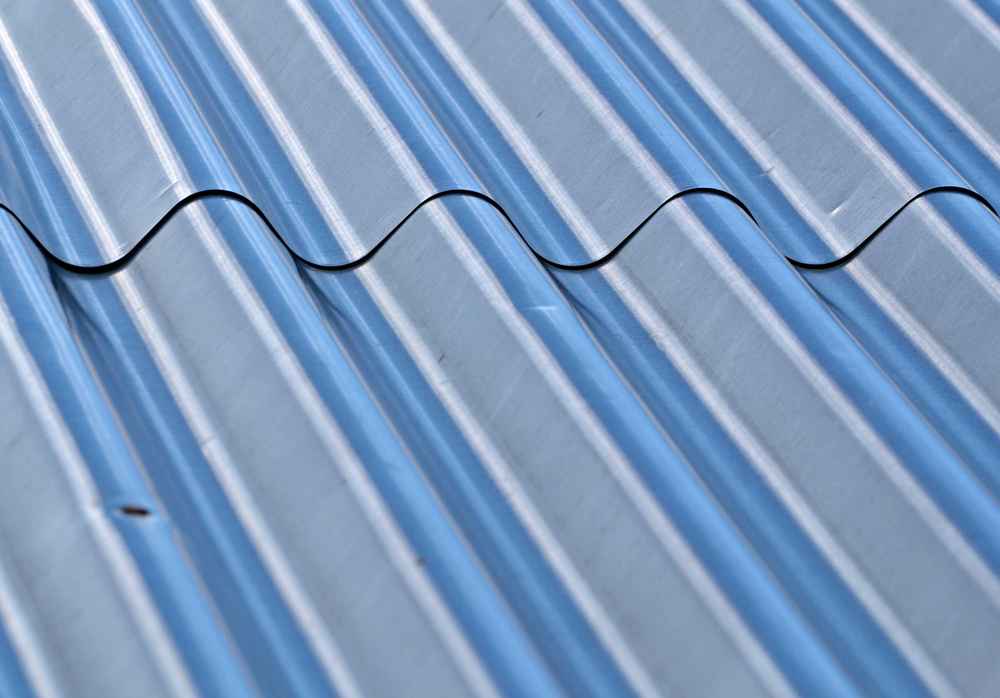
Which Metal Roof Is Better for Indiana Winters?
Choose Standing Seam If You Want:
- Premium protection from snow and ice
- A clean, modern look with fewer maintenance concerns
- Maximum longevity
- Hidden fasteners for reduced leak risk
- A higher upfront investment that pays off long-term
Choose Corrugated Metal If You Want:
- Reliable performance on a tighter budget
- A more traditional or rustic look
- Faster installation
- Willingness to perform occasional fastener maintenance
Both roofing types work in Indiana—but standing seam roofing offers better winter roofing solutions in terms of durability, expansion tolerance, and performance in snow-heavy areas.
Add-Ons That Improve Winter Performance
Regardless of which metal system you choose, these features can improve winter readiness:
- Snow Guards: Prevent snow from sliding off too quickly
- Ice & Water Shield: Underlayment protection against moisture infiltration
- Insulated Panels: Help with thermal control and reduce condensation
- Ventilation Upgrades: Prevents attic moisture and ice dams
Discussing these options with a local expert will ensure your roof is prepared for Indiana’s worst weather.
Trust a Local Metal Roofing Expert in Indiana
At American Veteran Exteriors, we’ve installed metal roofing systems across Indiana for years—and we know exactly what performs in local conditions. Whether you’re upgrading a farmhouse in rural Tippecanoe County or installing a standing seam roof on a home in the suburbs, our team is ready to help.
Why Choose Us?
- Veteran-Owned & Operated: Built on integrity and service
- Indiana-Based: We understand the local climate and building codes
- Top-Tier Products: We work with premium metal systems and trusted brands
- Full-Service Exterior Experts: Roofing, siding, gutters, windows, and storm damage
- Veteran Discounts: 5% off for all veterans and active-duty military
- Giving Back: We support St. Jude and the Wounded Warrior Project with every job
We don’t believe in cutting corners. Our work is designed to last—and to keep your home protected through the harshest Indiana winters and beyond.
Ready to Make the Switch to Metal? Get a Free Estimate Now
Choosing between standing seam vs corrugated metal doesn’t have to be a guessing game. Let our experienced team walk you through the pros and cons, based on your home’s structure, budget, and location.
If you’re looking for the best metal roof Indiana has to offer, backed by honest service and expert installation, we’re here for you. Get a free estimate now and find the perfect winter roofing solution for your home.

